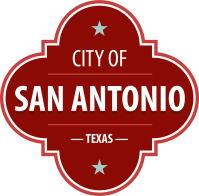San Antonio Sports & Entertainment District
San Antonio Sports & Entertainment District
Be Part of What's Next Downtown!
We're planning the Sports & Entertainment District and your input matters.
Sign up to get updates and stay tuned for new opportunities to share your ideas.
This is hidden text that lets us know when google translate runs.
